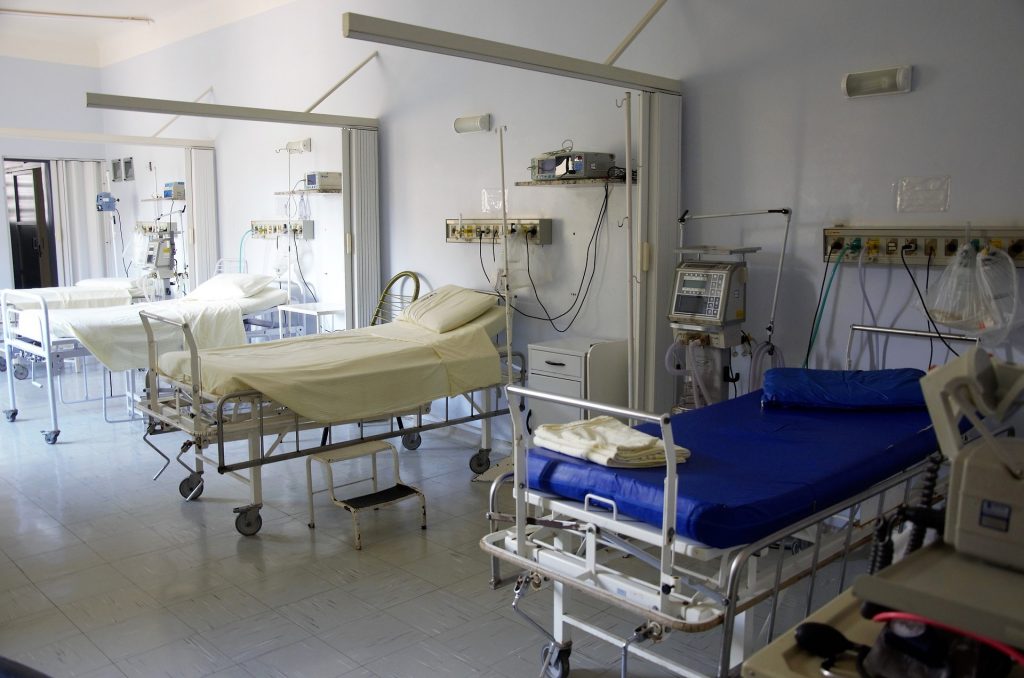Excess deaths in 2022 among worst in 50 years
More than 650,000 deaths were registered in the UK in 2022 – 9% more than 2019.
This represents one of the largest excess death levels outside the pandemic in 50 years.
Though far below peak pandemic levels, it has prompted questions about why more people are still dying than normal.
Data indicates pandemic effects on health and NHS pressures are among the leading explanations.
Covid is still killing people, but is involved in fewer deaths now than at the start of the pandemic. Roughly 38,000 deaths involved Covid in 2022 compared with more than 95,000 in 2020.
We are still seeing more deaths overall than would be expected based on recent history. The difference in 2022 – compared with 2020 and 2021 – is that Covid deaths were one of several factors, rather than the main explanation for this excess.
A number of doctors are blaming the wider crisis in the NHS.
At the start of 2022, death rates were looking like they’d returned to pre-pandemic levels. It wasn’t until June that excess deaths really started to rise – just as the number of people waiting for hours on trolleys in English hospitals hit levels normally seen in winter.
On 1 January 2023, the president of the Royal College of Emergency Medicine suggested the crisis in urgent care could be causing “300-500 deaths a week”.
It is not a figure recognised by NHS England, but it’s roughly what you get if you multiply the number of people waiting long periods in A&E with the extra risk of dying estimated to come with those long waits (of between five and 12 hours).
It is possible to debate the precise numbers, but it’s not controversial to say that your chances are worse if you wait longer for treatment, be that waiting for an ambulance to get to you, being stuck in an ambulance outside a hospital or in A&E.
And we are seeing record waits in each of those areas.
In November, it took 48 minutes on average for an ambulance in England to respond to a suspected heart attack or stroke, compared to a target of 18 minutes.
Some of the excess may be people whose deaths were hastened by the after-effects of a Covid infection.
A number of studies have found people are more likely to have heart problems and strokes in the weeks and months after catching Covid, and some of these may not end up being linked to the virus when the death is registered.
As well as the impact on the heart of the virus itself, some of this may be contributed to by the fact many people didn’t come in for screenings and non-urgent treatment during the peak of the pandemic, storing up trouble for the future.
The largest jump in excess deaths was seen in men aged 50-64, most commonly caused by heart problems.









